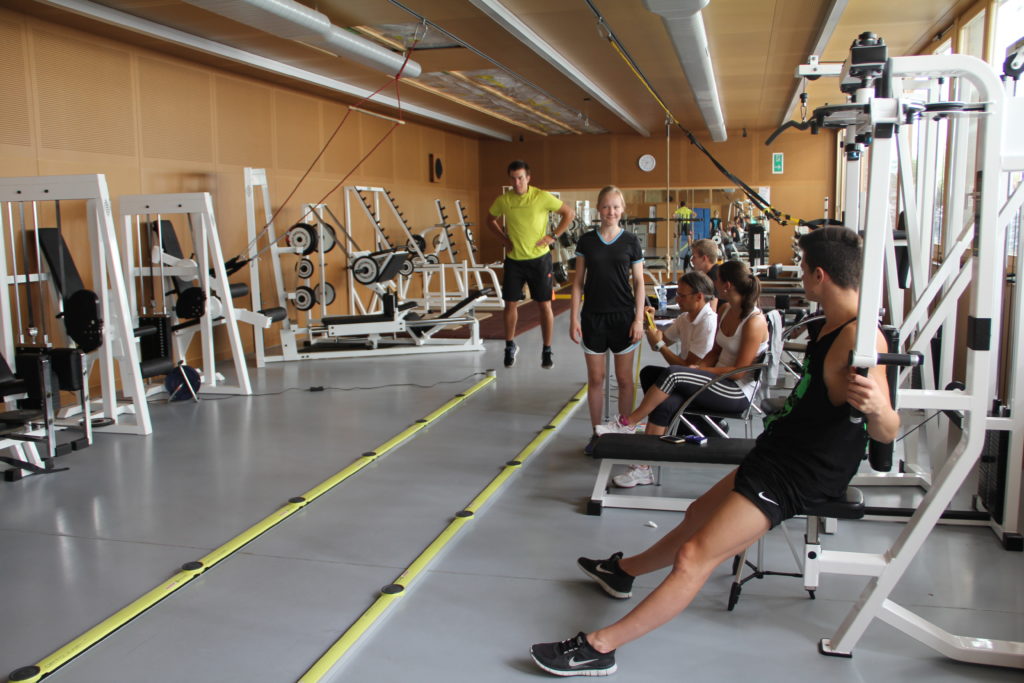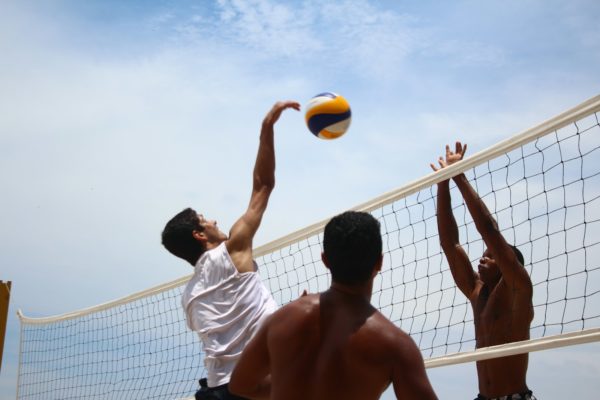Reduce risk with a natural movement approach.
Injuries are a major challenge in the career of any athlete, impacting not only expression but also motivation and sporting longevity. Much of the injury results from inconsistencies between the movements performed and the body’s natural preferences.
The ActionTypes® approach provides a framework for preventive expression by relying on an understanding of each individual’s motor dynamics.
Respecting natural movements and taking into account the personal dynamics of each athlete, it becomes possible to significantly reduce the risk of injury and ensure a more robust and sustainable sport practice.
1. Understanding the causes of injuries: the role of motor preferences
Injuries often occur when an athlete forces his body to function in a way that is not appropriate for his natural patterns. This imbalance can cause:
- Unnecessary tension on some joints.
- Overuse of inappropriate muscle groups.
- A physical compensation that disrupts the fluidity of movements.
Motor preferences are a valuable tool to understand why these injuries occur. They identify:
- Adapted movement patterns: These gestures that respect the natural dynamics.
- Areas or contexts of vulnerability: Where the body is exposed to an increased risk of stress or fatigue.
- The points of fluidity: where movement can be expressed without undue stress or effort.

Crédit : Pixabay
2. Release expression through an individualized approach
The ActionTypes® approach is based on individualized movement analysis to prevent injury before it occurs. This includes:
- Expert observation: Study posture, supports and motor dynamics to identify areas or contexts at risk.
- Movement adjustment: Release gestures to match the nature of the athlete, while maintaining their effectiveness.
- Specific exercises: Integrate routines that prepare for potential areas of weakness and improve overall coordination.
Example: A basketball player with chronic knee pain discovered, through the ActionTypes® analysis, that his natural jumping pattern favoured rhythmic support. By adapting his jumps to this dynamic, he was able to eliminate unnecessary tensions and regain lasting stability.
3. Practical applications in different sports
The ActionTypes® approach is applicable in a variety of disciplines to minimize injuries and enhance physical strength:
- Tennis: Change posture during the strokes to avoid chronic pain in the wrist or shoulder.
- Athletics: Adjust stride dynamics to reduce impact on knees and promote fluid propulsion.
- Team sports: Identify the appropriate patterns for rapid changes of direction without overloading joints.
- Swimming: Use natural rotations to reduce shoulder strain.
Case study:
A football team used ActionTypes® to reduce injuries from explosive efforts. Based on the players’ motor preferences, injury rate decreased by 30% in a season.
4. Testimony: Athletes who have regained their fluidity
Athletes who have integrated the ActionTypes® approach report significant results in injury prevention:
“Thanks to ActionTypes®, I have learned to respect my natural dynamics. I no longer have recurring pains, and I can now train regularly.” – Runner
“By adapting my strokes to my natural movement, I eliminated chronic shoulder pain that was limiting my progress.” – Tennis player.

Crédit : ActionTypes
5. Tangible Outcomes: An Approach that Makes a Difference
Data from ActionTypes® applications shows impressive results:
- 35% reduction in chronic injuries among athletes.
- 20% improvement in muscle recovery, thanks to more fluid movements.
- Significant decrease in prolonged absences due to injury.
6. Benefits beyond prevention
The ActionTypes® approach is not just about avoiding injuries, but also about using the natural dynamics of athletes to:
- Builds confidence in physical abilities.
- Improves endurance by reducing fatigue from ineffective gestures.
- Promotes long-term, pain-free exercise, even at high levels.
7. Integration into training routines
To fully integrate the benefits of the ActionTypes® approach, it is recommended that:
- Participate in an individualized assessment to identify appropriate movement patterns.
- Build a customized program including specific prevention exercises.
- Implement regular monitoring to meet needs based on physical and technical developments.
“Since I have incorporated ActionTypes® into my workouts, I have not suffered any major injuries. This approach changed the way I move and train.” – Professional gymnast.
8. Towards a more fluid and sustainable sport
Injuries should never be considered a fatality. By respecting the natural movement of each athlete, the ActionTypes® approach offers a preventive and sustainable solution. It redefines the way we think about sports training, putting fluidity, consistency and robustness at the heart of the practice.
Conclusion: Preserve your body, extend your career
Preventing injuries is not only a question of technique, but also of understanding natural movements. With ActionTypes®, every athlete can protect their body, improve their fluidity and ensure a fulfilling and sustainable sport.




